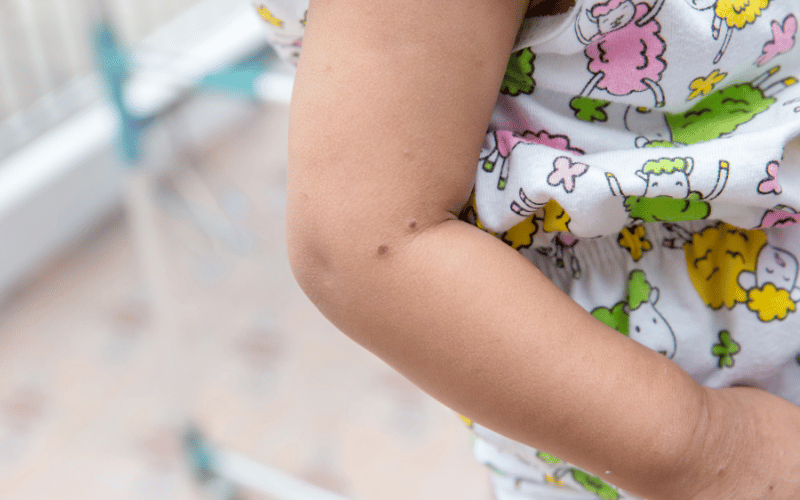Introduction: Navigating the Complex World of HFMD

Hand, Foot, and Mouth Disease (HFMD) is a contagious illness that predominantly affects children but can also occur in adults. At first glance, HFMD might sound like a straightforward illness, but its stages and progression can be quite intricate. This article seeks to illuminate the path HFMD takes from the initial exposure to full recovery, ensuring that parents, caregivers, and individuals have the knowledge to handle it effectively.
Awareness of HFMD’s stages not only helps in recognizing its early signs but also aids in preventing its spread. A keen understanding of each phase can make a significant difference in ensuring a swift recovery and can potentially prevent complications.
Many often mistake the symptoms of HFMD for other common childhood illnesses. This misconception can delay treatment and, in some cases, might exacerbate the disease’s effects. Our aim is to present an in-depth look into HFMD’s progression, equipping readers with the information they need to make informed decisions for themselves or their loved ones.
As we delve deeper into this topic, we’ll uncover the nuances of each stage, highlighting the signs to watch out for and the steps to take. Knowledge, as they say, is power. And in the case of HFMD, it’s the power to heal, prevent, and protect.
1. Exposure and Incubation: The Silent Prelude to HFMD

Hand, Foot, and Mouth Disease, often abbreviated as HFMD, starts its course in a deceptive manner. When an individual is first exposed to the virus, they might not immediately display symptoms. This period, known as the incubation phase, can last anywhere from three to six days. During this time, the virus is quietly multiplying within the body.
Although this stage is asymptomatic, it is essential to understand its significance. The absence of visible symptoms doesn’t mean the disease isn’t actively progressing. In fact, the virus is steadily preparing to manifest its initial set of symptoms. A striking aspect of this stage is that, even without evident symptoms, an individual can spread the virus to others.
This silent transmission can pose challenges, especially in community settings like schools and childcare centers. The virus can spread via respiratory droplets, direct contact, or contaminated surfaces. Understanding this stage’s subtle nature can help individuals maintain a heightened sense of hygiene, even if they feel perfectly healthy.
One fascinating facet of this stage is its unpredictable nature. Some individuals might progress to the symptomatic phase quicker than others. Factors such as age, immunity, and overall health can play a role in determining the incubation period’s length. Nevertheless, the impending symptoms will soon reveal the virus’s presence, leading us to the next phase of HFMD. (1)